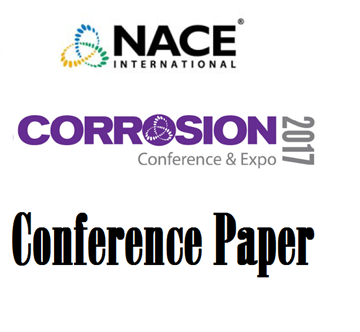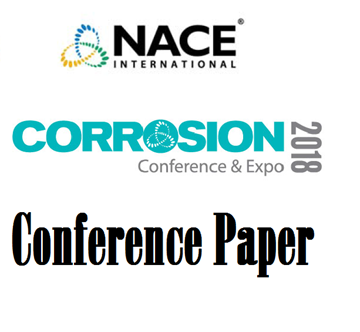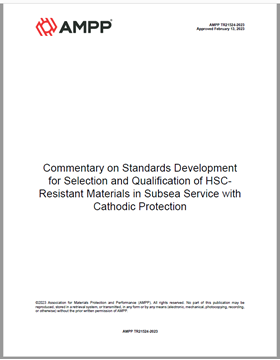Search
Products tagged with 'hydrogen stress cracking'
View as
Sort by
Display
per page
51317--9655-The Effect of Hydrogen on Plain and Notched Test Specimens of PH Nickel Alloys
Product Number:
51317--9655-SG
ISBN:
9655 2017 CP
Publication Date:
2017
$20.00
51318-10508-HSLA material design and its susceptibility to cracking during acidic stimulation jobs in Shale well
Product Number:
51318-10508-SG
Publication Date:
2018
$20.00
A Review Of Hydrogen Stress Cracking Of Nickel-Based Alloys For Oil And Gas Applications
Product Number:
51321-16705-SG
Publication Date:
2021
$20.00
AMPP TR21524-2023, Commentary on Standards Development for Selection and Qualification of HSC-Resistant Materials in Subsea Service with Cathodic Protection
Product Number:
AMPP TR21524-2023
Publication Date:
2023
$109.00
Comments On Standards Development For Selection And Specification Of Subsea Materials
Product Number:
51322-17491-SG
Publication Date:
2022
$20.00
Contribution to the Understanding of Hydrogen Stress Cracking Initiation and Propagation in Nickel Based Alloys
Product Number:
51323-18873-SG
Publication Date:
2023
$20.00
Environmentally Assisted Cracking Of Nickel Based Alloy 955 In Saltwater With Cathodic Protection For HPHT Application
Product Number:
51322-17768-SG
Publication Date:
2022
$20.00
Evaluation of Susceptibility of an API 5L X-52 Pipeline Steel to Hydrogen Stress Cracking and Ethanol Stress Corrosion Cracking in Bio-Based Fuel Grade Ethanol Feedstocks
Product Number:
51323-18794-SG
Publication Date:
2023
$20.00
Evaluation of the Hydrogen Diffusion and Transport Kinetics in ASTM A508 Grade 4N
Product Number:
51321-16404-SG
Publication Date:
2021
$20.00
High-strength Nickel Low Alloy Steels for Oil and Gas Equipment: ASTM A508 Grade 4N under cathodic protection and simulated sour environments.
Product Number:
51320-14706-SG
Publication Date:
2020
$20.00
Hydrogen Stress Cracking Resistance Of High Strength Alloys For Subsea Fasteners
Product Number:
51321-16709-SG
Publication Date:
2021
$20.00
Hydrogen Stress Cracking Resistance of Precipitation Hardenable Nickel Alloys and Optimization
Product Number:
51324-20719-SG
Publication Date:
2024
$40.00
- 1
- 2












